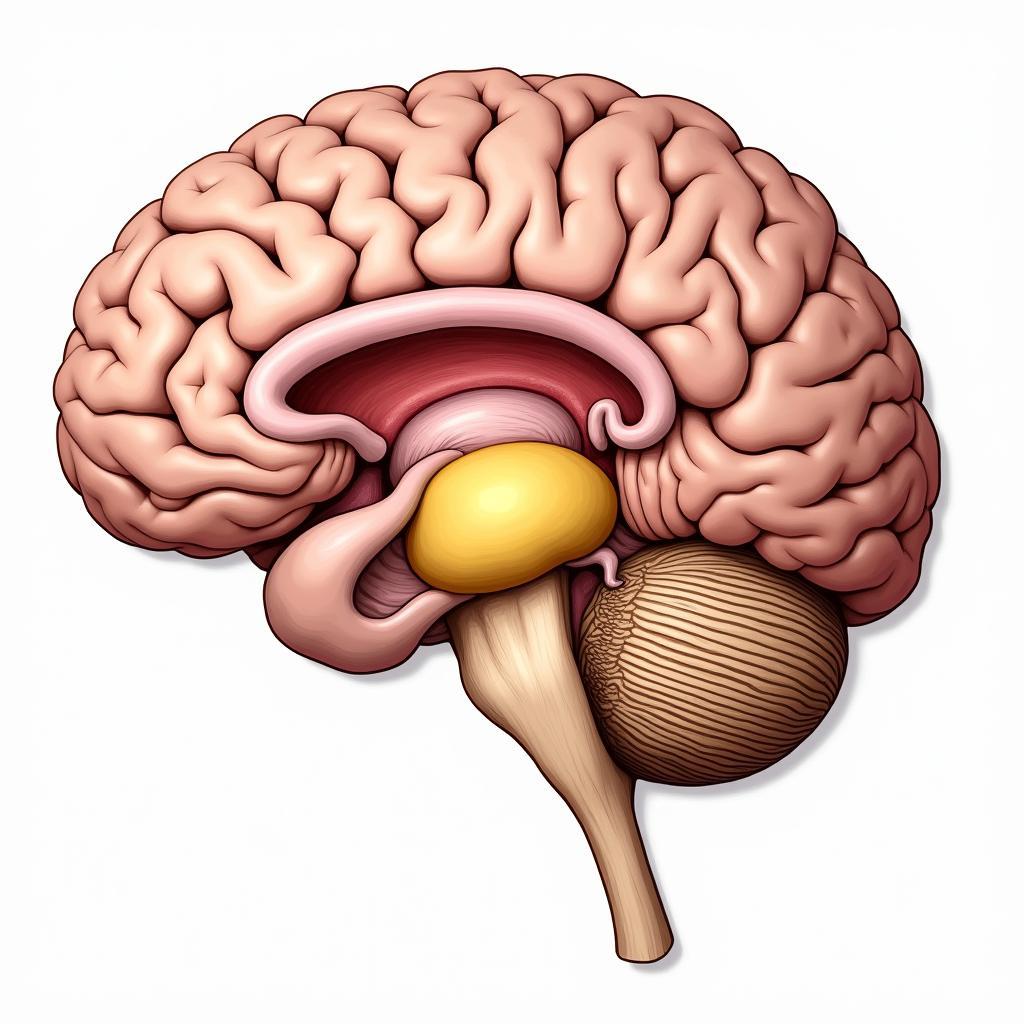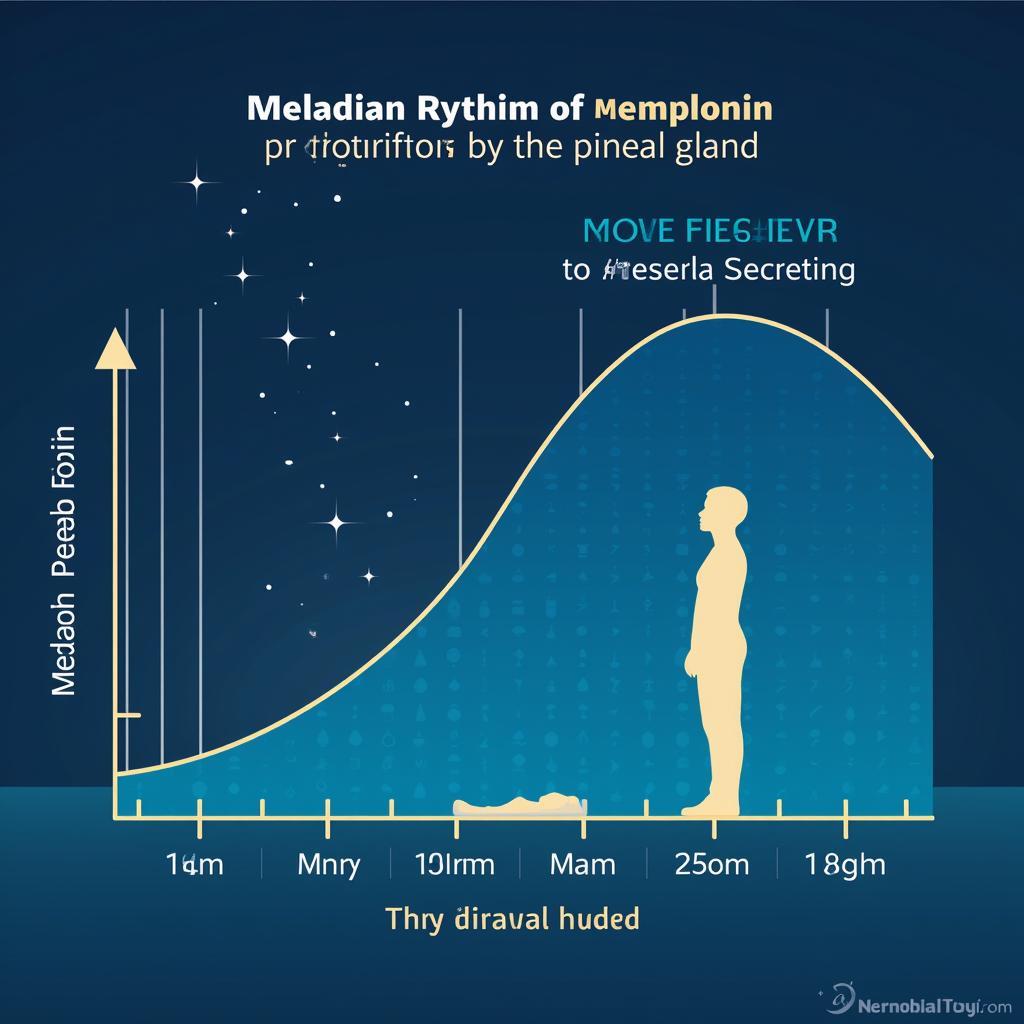The Journal Of Pineal Research stands as a beacon of knowledge in the often-overlooked realm of pineal gland research. This esteemed publication serves as a platform for groundbreaking discoveries and insights into the multifaceted roles of this tiny yet powerful gland. From its influence on circadian rhythms and melatonin production to its potential implications in various neurological and psychological processes, the Journal of Pineal Research sheds light on a fascinating area of study that continues to captivate scientists and enthusiasts alike.
Delving into the World of Pineal Research
The pineal gland, often referred to as the “third eye” due to its light-sensing capabilities in some animals, has long been shrouded in mystery and intrigue. Ancient civilizations recognized its significance, associating it with spiritual enlightenment and mystical experiences. However, it was only in recent decades that scientific inquiry began to unravel the true nature of this enigmatic gland.
 Pineal Gland Location in the Human Brain
Pineal Gland Location in the Human Brain
The Journal of Pineal Research plays a pivotal role in advancing our understanding of this crucial gland. It publishes high-quality research articles, reviews, and commentaries from leading experts in the field, covering a wide range of topics, including:
-
Pineal Gland Physiology and Biochemistry: Exploring the intricate mechanisms by which the pineal gland synthesizes and secretes melatonin, a hormone with profound effects on sleep-wake cycles, antioxidant activity, and immune function.
-
Circadian Rhythms and the Pineal Gland: Investigating the complex interplay between light exposure, the suprachiasmatic nucleus (SCN) – the brain’s master clock – and the pineal gland in regulating our daily biological rhythms.
-
Pineal Gland Dysfunction and Disease: Examining the potential links between pineal gland abnormalities, melatonin dysregulation, and various neurological and psychiatric disorders, such as insomnia, depression, and Alzheimer’s disease.
-
Pharmacological and Therapeutic Approaches: Exploring potential therapeutic interventions targeting the pineal gland and melatonin signaling pathways for treating sleep disorders, mood disorders, and other conditions.
Unlocking the Mysteries: Key Research Areas in the Journal
The Journal of Pineal Research delves into a diverse array of research areas, constantly pushing the boundaries of our understanding. Some of the key areas of focus include:
The Pineal Gland and Neuroprotection
Emerging evidence suggests that the pineal gland and its principal hormone, melatonin, may play a protective role in neurodegenerative diseases. Studies published in the journal have explored the potential mechanisms by which melatonin may exert antioxidant and anti-inflammatory effects, potentially slowing the progression of conditions like Alzheimer’s and Parkinson’s disease.
“Melatonin’s neuroprotective properties stem from its ability to scavenge free radicals, reduce inflammation, and modulate key cellular pathways involved in neuronal survival,” explains Dr. Emily Carter, a leading researcher in pineal gland function. “Further research is crucial to fully elucidate these mechanisms and explore potential therapeutic applications.”
The Pineal Gland and Mental Health
The Journal of Pineal Research also features research investigating the intriguing link between the pineal gland and mental health. Studies have shown altered melatonin levels and pineal gland activity in individuals with mood disorders like depression and anxiety.
 The Pineal Gland and Melatonin Production Cycle
The Pineal Gland and Melatonin Production Cycle
“Disruptions in the body’s natural sleep-wake cycle and melatonin rhythms can have profound effects on mood regulation,” notes Dr. David Miller, a psychiatrist specializing in sleep and circadian rhythm disorders. “Understanding these intricate connections is essential for developing effective treatments for mental health conditions.”
The Future of Pineal Gland Research
As we continue to delve deeper into the complexities of the pineal gland, the Journal of Pineal Research remains an invaluable resource for scientists and clinicians alike. Ongoing research promises to uncover even more about the fascinating functions of this small but mighty gland and its implications for human health and well-being.
Conclusion
The Journal of Pineal Research serves as a testament to the growing interest and scientific rigor surrounding the pineal gland. Its pages hold the key to unlocking the secrets of this enigmatic gland, paving the way for new discoveries and potential therapeutic interventions for a wide range of conditions. As we continue to explore the fascinating world of the pineal gland, one thing is certain: the future of pineal research is bright, and the Journal of Pineal Research will undoubtedly be at the forefront of these exciting advancements.